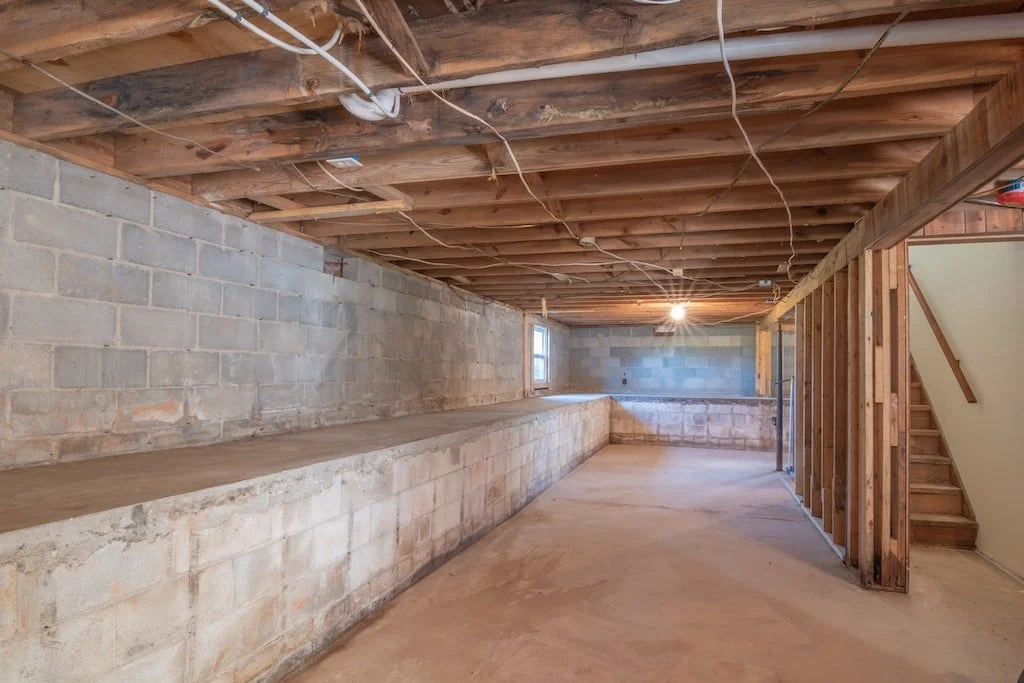Do Home Warranties Cover Mold?
A home warranty is an optional coverage you can purchase for your home to cover you in case something breaks down. Home warranties are designed to fill the gaps that home insurance doesn’t cover, so does a home warranty cover mold? The answer is often an unfortunate no, but with both a warranty and an insurance policy, it’s all about the specific details. Mold damage is often a result of a leaking pipe or a defect in the home design.
Home warranty coverage typically fixes appliances and systems that need repairs and leaves the damages to the home to insurance. Insurance doesn’t always consider mold in its policies. These generalities aren’t rules—different warranties and insurance policies cover different situations.
What is Mold Damage?
Before we discuss the details of home warranties and mold, we should examine mold damage and its impact on your home. Mold damage refers to any harm caused by the growth and presence of mold in your home. It can include structural damage, health risks, and negative impacts on indoor air quality. Mold often thrives in areas with high moisture levels, such as bathrooms, basements, or areas affected by water leaks. Address mold issues promptly to prevent further damage and potential health concerns.
The Effects of Mold Damage:
Structural damage: Mold can compromise the integrity of walls, ceilings, and other building materials if left untreated.
Health risks: Exposure to mold spores can trigger allergic reactions, respiratory problems, and other health issues, especially for individuals with pre-existing conditions.
Indoor air quality: Mold growth can contribute to poor indoor air quality, leading to unpleasant odors and potential respiratory irritants.
To protect your home and your health, identify and address mold damage proactively. Regular inspections, moisture control, and prompt remediation are key to preventing further harm.
Home Warranty Coverage for Mold Damage
Mold is problematic, and mold damage coverage is complicated. Mold often forms due to a water problem like leaking or flooding. Home insurance deals with water damage caused by flooding, with the idea of fixing up the home so mold doesn’t grow. A home warranty may fix leaky pipes but not the resulting damage (that’s typically what insurance is for).
If you experience flooding, insurance usually deals with the damage. They don’t want mold to grow, so they may replace the floors, the walls, the furniture, and anything else that sits in water for an extended period. The issue with a mold outbreak is most often caused by a leaking pipe or ventilation system resulting from shoddy workmanship rather than a plumbing malfunction. Home warranties consider this a general maintenance issue and don’t cover it.
Additional Mold Coverage Options
Since your home warranty does not typically cover mold damage, you may have other options to consider. Here are some additional mold coverage options to explore:
Homeowner’s Insurance
Check your homeowner’s insurance policy to see if it covers mold-related issues. Some policies may provide limited coverage for mold damage, especially if it is caused by a covered peril such as a burst pipe or a roof leak. Review your policy carefully and consult with your insurance provider to understand the extent of the coverage and any limitations.
Specialized Mold Insurance
In some cases, you may be able to purchase specialized mold insurance to supplement your existing homeowner’s insurance. This type of insurance specifically covers mold-related damage and remediation costs. It can be a worthwhile investment, especially if you live in an area prone to high humidity or have had previous mold issues in your home.
Mold Endorsements or Riders
Sometimes, you can add a mold endorsement or rider to your homeowner’s insurance policy to expand coverage for mold damage. This adds a layer of protection specifically for mold-related issues. Speak to your insurance provider to determine if this is an option and to understand the associated costs and coverage limits.
Remember, it’s crucial to carefully review the terms and conditions of any insurance policy or coverage option to ensure that it meets your specific needs and provides adequate protection for mold-related issues.
Mold Prevention and Maintenance
Preventing mold growth in your home is optimal for maintaining a healthy living environment. By following these simple maintenance tips, you can reduce the risk of mold infestation and protect your home from potential damage:
Control Moisture Levels
Mold thrives in damp and humid environments, so it’s important to keep moisture levels in check. Repair any leaks promptly and ensure proper ventilation in areas with high humidity, such as bathrooms and kitchens. Consider using dehumidifiers in areas prone to excess moisture to maintain optimal humidity levels.
Regularly Inspect and Clean
Regularly inspect your home for any signs of water damage, such as discoloration or water stains on walls or ceilings. Address any issues promptly to prevent mold growth. Clean and dry any areas affected by water intrusion, such as after a leak or flooding, to prevent moisture buildup.
Maintain Appliances
Ensuring that your appliances are in tip-top shape is always a good idea. A home warranty comes in handy for this. Especially if you have a Porch Whole Home Warranty plan. Not only do you get total warranty protection, but you also get access to Handyman Services. These services assist with small repairs, TV mounting, dryer vent cleaning, and more. The network of vetted professionals ensures that homeowners have access to reliable and skilled experts, making it easier to maintain their homes. This added convenience saves time and effort, providing peace of mind by covering unexpected repairs and protecting home investments.
Improve Air Circulation
Poor air circulation can contribute to moisture buildup and create an environment conducive to mold growth. Ensure proper airflow in your home by keeping doors and windows open when possible and using fans or air conditioning units to promote air circulation. Avoid blocking air vents and consider using ceiling fans to improve ventilation in enclosed spaces.
Maintain a Clean and Dry Environment
Regularly clean and dry areas prone to moisture, such as bathrooms, basements, and kitchens. Use mold-resistant cleaning products to remove any existing mold and prevent its regrowth. Keep indoor humidity levels below 60% to discourage mold growth and consider using mold-resistant materials in areas prone to moisture, such as drywall or paint.
By implementing these preventative measures, you can significantly reduce the risk of mold growth in your home and ensure a healthier living environment for you and your family.
If you do catch mold early, you can typically clean it yourself. You can prevent mold with dehumidifiers, paint with mold inhibitors, and by ensuring the home has good ventilation. Mold may be a problem, but if you catch the signs early, it can usually be prevented or cleaned with minimal damage.If you are a homeowner or are planning to buy a home, consider adding a home warranty to your to-do list. It’s a financial safety net that can shield you from unforeseen expenses related to your home’s systems and components.

